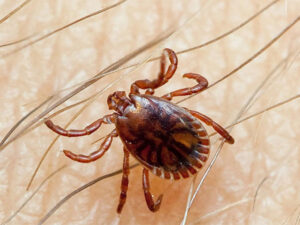
Melbourne [Australia], April 11 (ANI): Research has identified five childhood risk factors that can predict stroke and heart attacks in adulthood after being tracked for up to half a century in the world’s largest international prospective cardiovascular disease study. The results of the study were published in the journal, ‘New England Journal of Medicine.’
Researchers found body mass index (BMI), blood pressure, cholesterol, triglycerides (a type of fat found in the blood), and youth smoking, particularly in combination in early childhood, were clinically linked to cardiovascular events, from as early as 40 years of age. Senior study author Terence Dwyer said, “despite the effect medical and surgical care has had on treating heart disease, the major impact will depend on effective preventive strategies. This study confirms that prevention should begin in childhood.” “Longitudinal studies like these have been hampered by a lack of inclusion of comprehensive childhood data around body measurements, blood pressure, and blood lipids and a failure to follow-up at ages when the cardiovascular disease becomes common,” Dwyer added.
“Studying early life influences on disease has always been put in the too-hard basket. But researchers in i3C took up this challenge because we knew the potential benefits to human health at the end could be very substantial,” Dwyer concluded.
The study involved 38,589 participants from Australia, Finland, and the US, who were followed from age 3 to 19 years for a period of 35-50 years. Professor Dwyer said the research found the five risk factors, individually or in combination, present in childhood were predictors of fatal and non-fatal cardiovascular events.
The results showed that risk for adult cardiovascular events was seen in over half the children studied, with some whose risk was nine times as much as those with below-average risk factors. Professor Dwyer said “while this evidence had not been available previously, the findings were not entirely surprising as it had been known for some time that children as young as five already showed early signs of fatty deposits in arteries.
This new evidence justified a greater emphasis on programs to prevent the development of these risk factors in children. Clinicians and public health professionals should now start to focus on how this might best be achieved.” “While interventions in adulthood like improving diet, quitting smoking, being more active, and taking appropriate medications to reduce risk factors are helpful, it is likely that there is much more that can be done during childhood and adolescence to reduce lifetime risk of cardiovascular disease,” he concluded. (ANI)



















